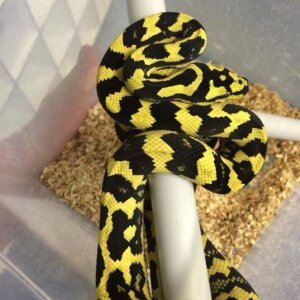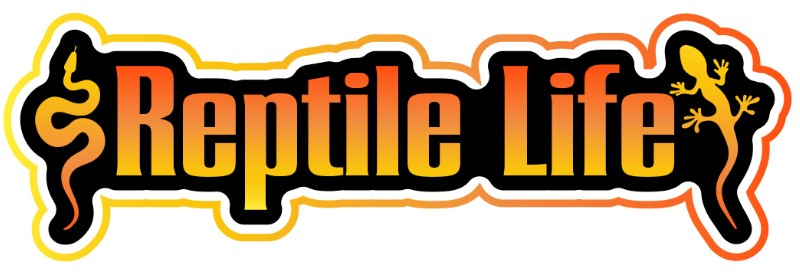
Have you ever wondered what it’s like to have a carpet python as a pet? Well, if you’re planning to have one, you have to know the basics of how to take care of them like a member of your family. Fortunately, below is a brief list of things to remember when taking care of them.
First, let’s identify how or what they look like:
Carpet Pythons are highly variable in terms of color and skin pattern. Most of them are olive-green with pale and dark-edged blotches, stripes, or cross-bands. The juveniles are similarly patterned but often in shades of brown. This species can grow and measure more than 3m in length.
Ideal Enclosure:
Carpet pythons are large, semi-arboreal snakes with heavy bodies. As adults, they must be housed in an enclosure of adequate height for them to climb. For an adult carpet python, an enclosure of at least 90 x 60 x 120 cm is the most ideal. However, the extra length is also beneficial. Newborn pythons should be kept in a smaller enclosure for the first 10-12 months of life. The enclosure must have sufficient ventilation, as well as a secure and lockable door.
The enclosure should be laid out in such a way as to recreate the natural environment of the animals, including the use of a backdrop, artificial plants, and rock ornaments, as well as wooden branches for climbing and sunbathing. An absorbent substrate, such as coir or aspen litter, is also essential.
Proper Carpet Python Care & Maintenance
Carpet pythons have a specific set of general care requirements, but they are low maintenance if they are provided. Providing proper temperature gradients in a python’s enclosure is essential to its health and well-being. Most carpet pythons need a place to bask between 30-34 °C and a cool end of 22-26 °C during the day. Nighttime temperatures should not drop below 21 °C.
Temperatures should be checked daily and should be regulated using a good-quality thermostat. It is also essential to maintain high standards of cleanliness and hygiene in the python enclosure. Checking spots daily should be carried out, and feces, lost skin, or uneaten food should be removed immediately.
Feeding Carpet Pythons
In the wild, carpet pythons feed on various animals, including rodents, birds, possums, and even bats. They are opportunistic, ambush predators and eat whenever food is available. In captivity, carpet pythons can be fed various foods depending on their age and size. Python foods readily available in many Australian stores include commercially farmed frozen mice, rats, quails, and rabbits.
Fun facts:
Carpet pythons can live up to 25+ years! They also have heat receptors that come along their jaws to detect warm-blooded animals or prey even during the night. They are called “constrictors” and kill prey by preventing the heart from pumping as they squeeze the animal’s rib cage.
If you want to know more about reptiles and how to take care of them, check our website today!


Recent Comments